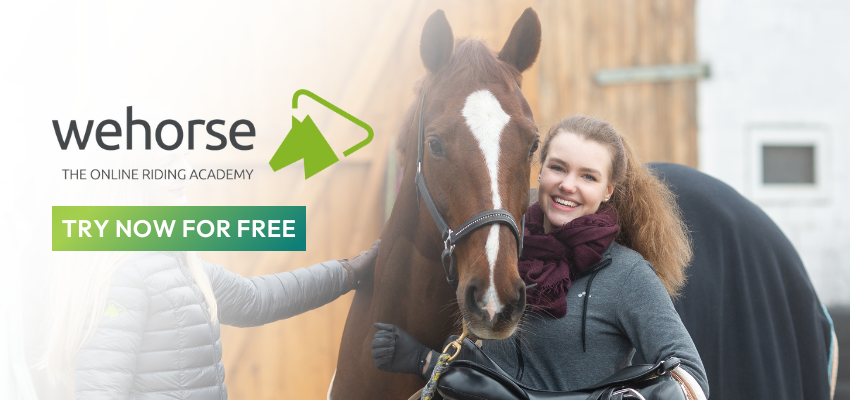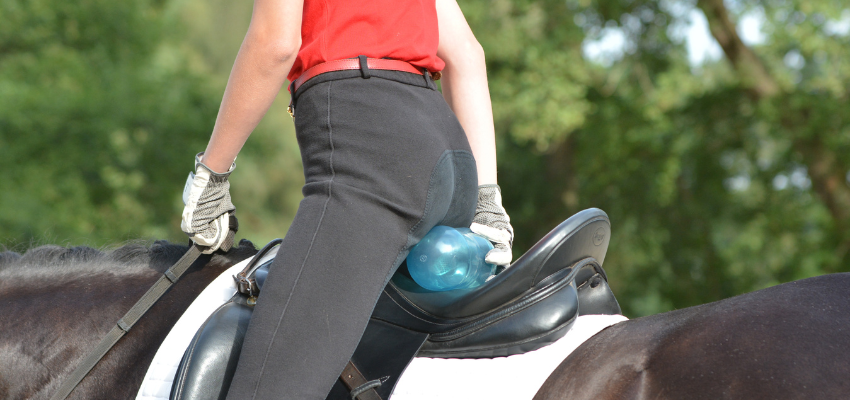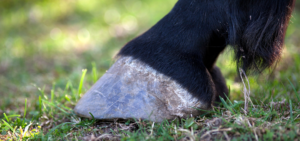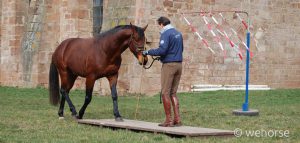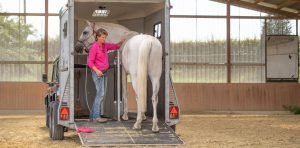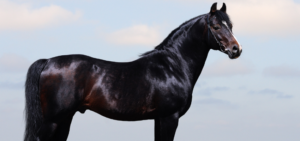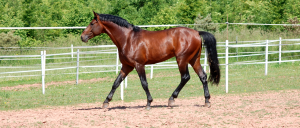There are two groups of riders that are concerned with preventing/avoiding the chair seat: students at the beginning of their experience as riders, and riding instructors who teach at the basic level. No matter how common the chair seat is in riding, there is often a lack of a suitable approach to make this seat error disappear. Sibylle Wiemer and Dr. Britta Schöffmann explain here how they solve the problem of the chair seat for riding.
Table of Contents:
- How does the chair seat occur?
- How do you recognize a chair seat?
- What is the cause of a chair seat?
- Exercise to try: Leg swings
- Improve your seat with Franklin Balls
- Counteract the chair seat with sponges in your stirrups
How does the chair seat occur when riding?
The first round of inspection by dressage trainer Britta Schöffmann always leads to the horse’s saddle. “I first check whether the saddle fits, because the chair seat can happen if the rider’s center of gravity is shifted too far back,” she says. If the saddle tilts backward, then the thighs automatically slide forward. “The problem is often solved if the saddle is higher at the back.” Other possibilities: The saddle shape is unfavorable; the thighs are too long or too wide for the hips. Sometimes the rider’s anatomy simply doesn’t match that of the horse: an extremely wide, thick horse is not very easy to sit correctly for a rider with rather short legs.
How do you recognize a chair seat?
Trainer Sibylle Wiemer says there are common misinterpretations: “Often people immediately talk about the chair seat when people sit on their buttocks and ride with very short stirrups,” she says. But that doesn’t make a chair seat. “When seated in a chair, the pelvis is tilted so that the rider tilts backward as if on a chair or sofa, stretches their arms forward and, in order to find support, builds up pressure in the stirrups,” she explains. The knees are pulled up and the rider’s feet are either under the knee or in front of the knee.
So the typical chair seat has four components:
- Upper body tilts backward
- Arms are kept stretched out in front
- Knees are pulled up
- Feet are too far forward
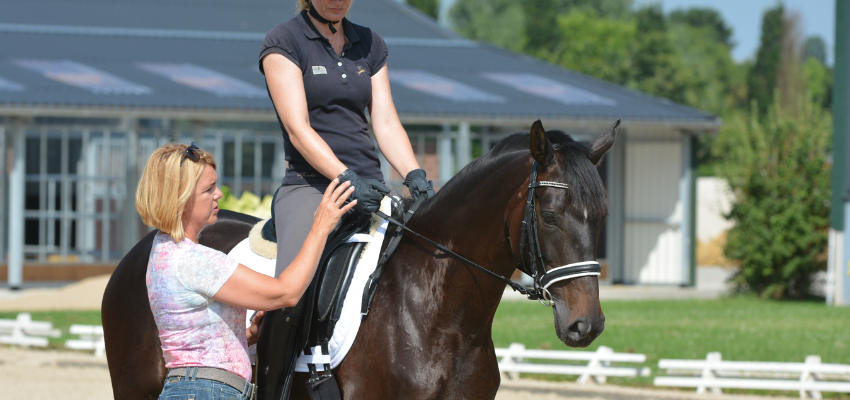
What is the physical cause of a chair seat?
“The cause of all these problems is an immobile pelvis,” says Sibylle Wiemer, “and that is caused by significantly shortened internal lumbar muscles.” These muscles (also called psoas muscles) connect the lumbar spine with the thigh. The ability of this muscle to stretch is lacking in chair-sitting candidates. The following applies to them: The more the rider tilts backward, the more the knees come up.
Exercise to try: Leg swings
Sibylle Wiemer’s favorite exercise to correct the chair position is the following: The rider lets his legs swing back and forth while walking. And only out of the thigh. “The rider should move their thighs back and forth on the saddle,” explains Sibylle Wiemer. However, in order to be effective, it must be performed correctly: “Do not move your lower leg out of your knee! And don’t pull your knees up and let them fall again!” she explains. This is a very unusual movement that most people find difficult. At first, the rider may have the impression that “they’re getting a cramp in the buttocks,” says the trainer. She promises: “If you do the exercise every day for 10-14 days while walking, it makes it easier to sit out and helps to make the pelvic muscles more flexible.”
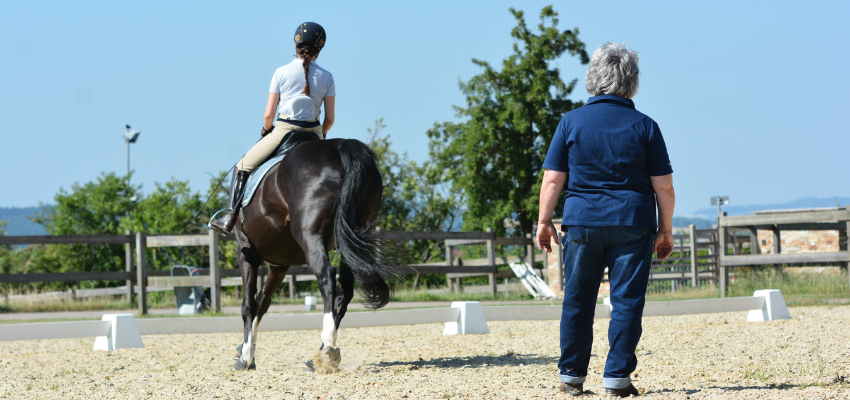
Counteract the chair seat with Franklin Balls
Dressage trainer Britta Schöffmann likes to use the fact that new body experiences can have a strong improvement effect for riders who sit in a chair seat on the horse. With Franklin Balls, she creates situations that give the rider a new body awareness. She likes to use the air-filled mini-ball for this. The rider sits on these and pushes them behind his buttocks. “This allows the riders to tilt their pelvis better and thus get out of the problem of sitting as though they’re in a chair.”
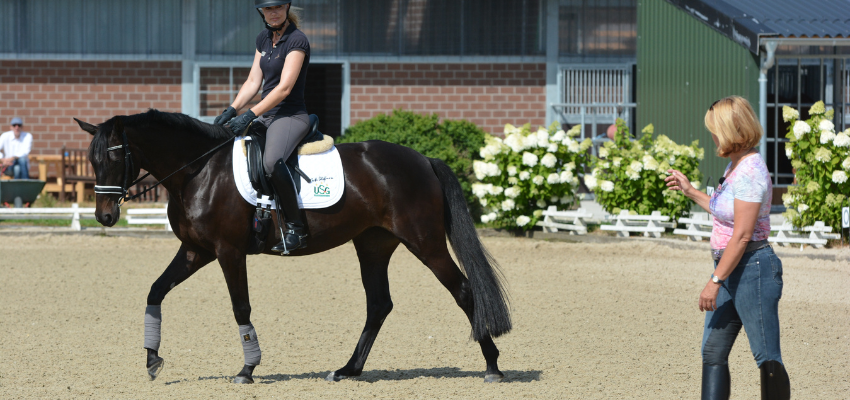
Counteract the chair seat with sponges in the stirrups
Sibylle Wiemer has also had very good experiences equipping the riders with sponges. These are placed in the stirrups. They must be quite hard sponges, either from the Meyners-Franklin system or something similarly firm. In fact, this small change has a big impact on the entire body. “We don’t know exactly why that works through the boot. But you affect the balance of the rider a lot!” The successes speak for themselves: “Many riders straighten up, some stop pinching, some put their hands up better, all because of the sponge on the soles of their feet!”
It is important with all Franklin exercises that they are exercised gently and not for a long time. “Never work into the pain,” warns Sibylle Wiemer, “and observe the whole body very carefully, including the circulatory system!” Complications can occur here if you practice for too long. So: It is better to under-challenge than to over-challenge. “All of these methods have a very lasting effect, even if you start them slowly,” explains Sibylle Wiemer.
The fact that an exercise on the feet, such as the sponge exercise, affects the whole body is also related to the fascial chains in the body. In the human body, a chain of fascia connects the back of the head with the back muscles, leading from the sacrum down to the feet – which is a very rough and generalizing description. But she makes it clear that everything is connected and that changing one part also affects other parts of the body. “If you want to break through the chair seat, it doesn’t matter where you start,” says Sibylle Wiemer. “Change always affects other parts.”
Find more helpful tips and exercises on the topics of rider’s seat and aids on our website.
